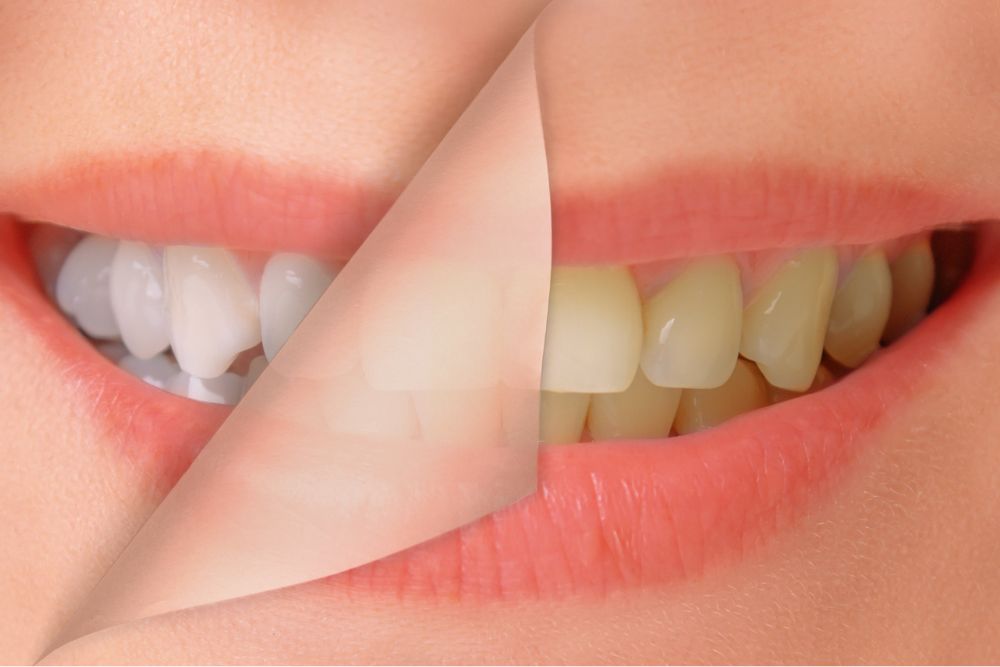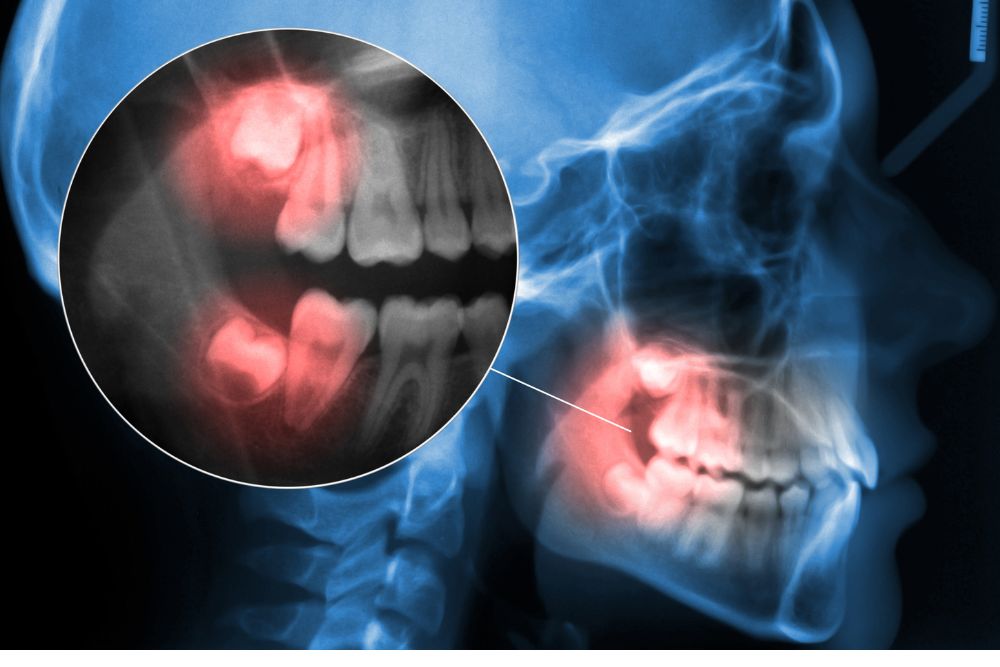Overall, dental implants offer a comprehensive solution for tooth replacement that addresses both functional and aesthetic concerns, ultimately improving the overall well-being of the patient.
Why Would Someone Want an Implant?
✓ Replacing of missing teeth
✓ Improved oral function
✓ Preservation of jawbone health
✓ Enhanced aesthetical look
✓ Long-term extended resilience
✓ Prevention of adjacent tooth shifting
✓ Improved quality of life
How Scary is Getting a Dental Implant?
Your dentist may provide you with pain medication before the surgery, ensuring you have enough pain relief to see you through once the anesthesia has worn off. It is normal to expect some discomfort post-op, but your dentist will help you manage this. More often than not, a tailored aftercare plan is delivered to ensure that your individual needs have been met and catered to. This means that your recovery is as likely to be as pain-free as possible.
Are you considering dental implants but worried about potential pain? Understanding the procedure can help alleviate your concerns and make an informed decision about this life-changing treatment. Here’s what you need to know:

Organize Initial Consultation With Your Dentist:
The journey begins with an initial consultation with your dentist or oral surgeon. During this visit, your dental professional will assess your oral health, discuss your treatment goals, and determine if you are a suitable candidate for dental implants.
Anesthesia
Dental implants can be placed using different anesthesia options: local anesthesia, where the patient remains fully awake; general anesthesia, where the patient is completely asleep; or a combination of light sedation with local anesthesia, where the patient is drowsy but still partially conscious. In some cases, sedation options may also be available for patients who experience dental anxiety or require more extensive treatment.
Implant Placement
The surgical placement of dental implants involves carefully inserting titanium posts into the jawbone to serve as artificial tooth roots. While you may feel pressure or minor discomfort during this part of the procedure, it is generally well-tolerated with the help of anesthesia.
Healing Period
After implant placement, a period of healing is necessary to allow the implants to integrate with the surrounding bone through a process called osseointegration. During this time, you may experience some mild discomfort or swelling, which can be managed with over-the-counter pain medication and cold compresses.
Restoration
Once the implants have fully integrated with the jawbone, abutments are attached to the implants to connect them to the replacement teeth (crowns, bridges, or dentures). This final restoration phase is typically painless and results in a functional, natural-looking smile.
Follow-Up Care: Following the completion of your dental implant treatment, your dentist will provide you with instructions on how to care for your new teeth and maintain optimal oral hygiene. Regular dental check-ups and good oral hygiene practices are essential for the long-term success of your dental implants.







